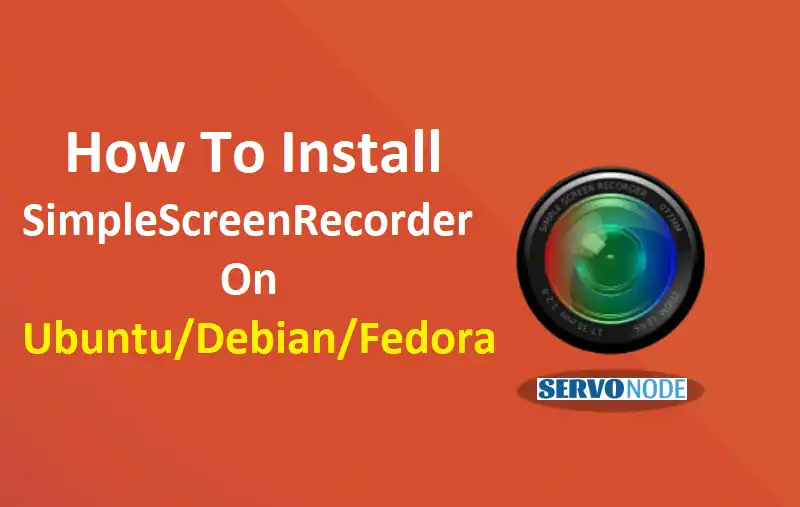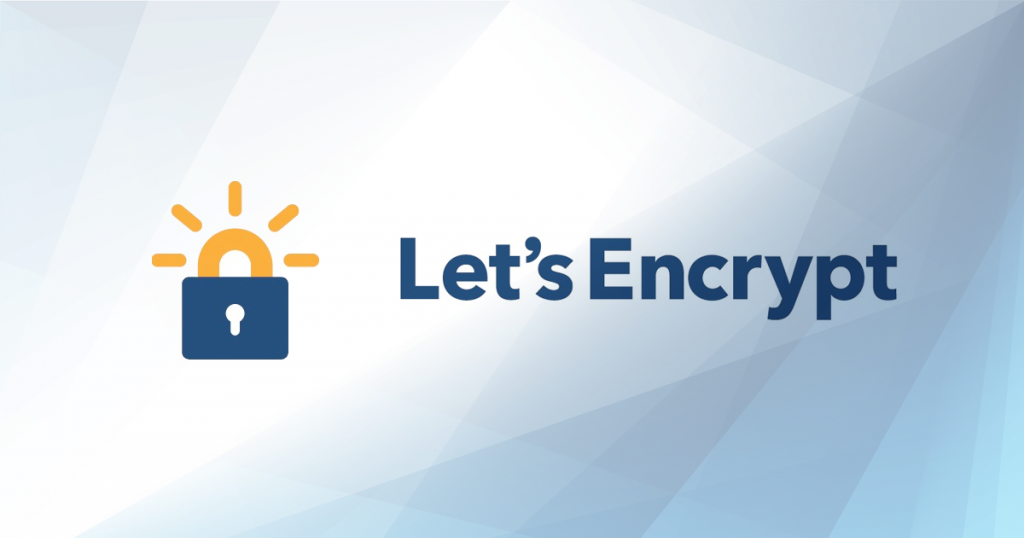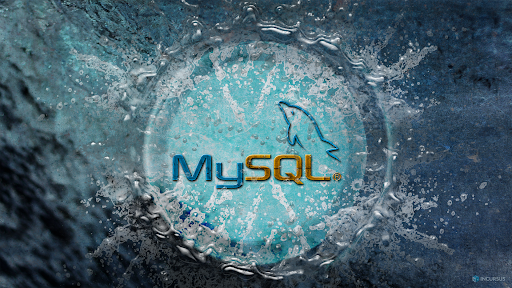Looking to record your screen in Ubuntu, Debian, or Fedora? Look no further than SimpleScreenRecorder. This powerful and user-friendly application allows you to capture high-quality screencasts with ease. Whether you’re creating tutorials, demos, or gaming videos, SimpleScreenRecorder has got you covered.
System Requirements for SimpleScreenRecorder
Before we dive into the installation process, let’s take a look at the system requirements for SimpleScreenRecorder. To ensure smooth and optimal performance, make sure your Linux system meets the following requirements:
- Operating System: Ubuntu 18.04 or later, Debian 10 or later, Fedora 30 or later
- Processor: Dual-core processor or higher
- RAM: 2GB or more
- Storage: 100MB of free disk space
- Graphics Card: OpenGL 2.0 compatible graphics card
Now that we have the requirements covered, let’s move on to the installation process for each distribution.
Installing SimpleScreenRecorder on Ubuntu
Installing SimpleScreenRecorder on Ubuntu is a straightforward process. Here’s how to do it:
- Open the Terminal by pressing Ctrl+Alt+T or searching for “Terminal” in the applications menu.
- Update the package list by entering the following command:
sudo apt update
- Install SimpleScreenRecorder by running the following command:
sudo apt install simplescreenrecorder
- Enter your password when prompted, and SimpleScreenRecorder will be installed on your system.
- Once the installation is complete, you can launch SimpleScreenRecorder by searching for it in the applications menu.
That’s it! You now have SimpleScreenRecorder installed on your Ubuntu system and are ready to start recording your screen.
Installing SimpleScreenRecorder on Debian
If you’re using Debian, you can easily install SimpleScreenRecorder using the following steps:
- Open the Terminal by pressing Ctrl+Alt+T or searching for “Terminal” in the applications menu.
- Update the package list by entering the following command:
sudo apt update
- Install SimpleScreenRecorder by running the following command:
sudo apt install simplescreenrecorder
- Enter your password when prompted, and SimpleScreenRecorder will be installed on your system.
- Once the installation is complete, you can launch SimpleScreenRecorder by searching for it in the applications menu.
Great! You now have SimpleScreenRecorder installed on your Debian system and are ready to start recording your screen.
Installing SimpleScreenRecorder on Fedora
For Fedora users, here’s how you can install SimpleScreenRecorder:
- Open the Terminal by pressing Ctrl+Alt+T or searching for “Terminal” in the applications menu.
- Update the package list by entering the following command:
sudo dnf update
- Install SimpleScreenRecorder by running the following command:
sudo dnf install simplescreenrecorder
- Enter your password when prompted, and SimpleScreenRecorder will be installed on your system.
- Once the installation is complete, you can launch SimpleScreenRecorder by searching for it in the applications menu.
Perfect! SimpleScreenRecorder is now installed on your Fedora system, and you’re ready to start capturing your screen.
Using SimpleScreenRecorder for Screen Recording
Now that you have SimpleScreenRecorder installed, let’s explore some of its features and how to use them for screen recording.

- Launch SimpleScreenRecorder from the applications menu.
- In the main window, you’ll find various options to customize your recording. You can choose the screen area you want to record, select the audio input source, adjust the frame rate, and more.
- Once you have configured the settings according to your preferences, click the “Record” button to start recording.
- During the recording, you can pause or stop the session using the corresponding buttons in the main window.
- After you have finished recording, SimpleScreenRecorder will prompt you to save the file. Choose a location and file name, and click “Save” to complete the process.
Congratulations! You have successfully recorded your screen using SimpleScreenRecorder. Now you can use the captured screencasts for tutorials, demos, or any other purpose you desire.
Configuring SimpleScreenRecorder Settings
SimpleScreenRecorder offers a range of settings that allow you to fine-tune your recording sessions. Here are a few key settings you might find useful:
- Screen Area: You can choose to record the entire screen or specify a custom region.
- Audio Input: SimpleScreenRecorder lets you select the audio source for your recordings, such as microphone or system audio.
- Frame Rate: Adjusting the frame rate determines the smoothness of your screencasts. Higher frame rates result in smoother playback but larger file sizes.
- Output Format: You can choose the output format for your recordings, such as MP4, AVI, or MKV.
- Encoding Options: SimpleScreenRecorder offers various encoding options to optimize the quality and file size of your recordings.
Feel free to explore the settings and experiment with different configurations to find what works best for your recording needs.
Troubleshooting Issues with SimpleScreenRecorder
While SimpleScreenRecorder is generally a reliable application, you may encounter some common issues. Here are a few troubleshooting tips:
- No audio in recordings: Make sure you have selected the correct audio input source in SimpleScreenRecorder’s settings. Additionally, ensure that your system’s audio settings are properly configured.
- Low frame rate or laggy recordings: If you experience performance issues during recording, try reducing the frame rate or closing any resource-intensive applications running in the background.
- Recording not saving: Double-check that you have sufficient disk space available. If the issue persists, try selecting a different output folder or format.
If you encounter any other issues, it’s recommended to refer to the SimpleScreenRecorder documentation or seek assistance from the user community.
Alternatives to SimpleScreenRecorder
While SimpleScreenRecorder is a fantastic tool for screen recording on Linux, there are other options available if you’re looking for additional features or a different user experience. Here are a few alternatives worth considering:
- Kazam: Kazam is a popular screen recording tool that offers a simple interface and easy-to-use features.
- OBS Studio: OBS Studio is a powerful open-source software that provides advanced options for screen recording and live streaming.
- VokoscreenNG: VokoscreenNG offers a user-friendly interface with features like webcam recording and customizable hotkeys.
Remember to explore these alternatives and choose the one that best suits your specific requirements.
Conclusion
With SimpleScreenRecorder, recording your screen in Ubuntu, Debian, or Fedora has never been easier. This versatile application provides a seamless experience for capturing high-quality screencasts, whether you’re a beginner or an experienced user.
In this article, we covered the step-by-step installation process for SimpleScreenRecorder on Ubuntu, Debian, and Fedora. We also explored its features, settings, and troubleshooting tips. Additionally, we introduced a few alternatives for screen recording on Linux.
Now that you have SimpleScreenRecorder installed, it’s time to unleash your creativity and start creating professional-quality screencasts. Happy recording!

Nishant Verma is a senior web developer who love to share his knowledge about Linux, SysAdmin, and more other web handlers. Currently, he loves to write as content contributor for ServoNode.




